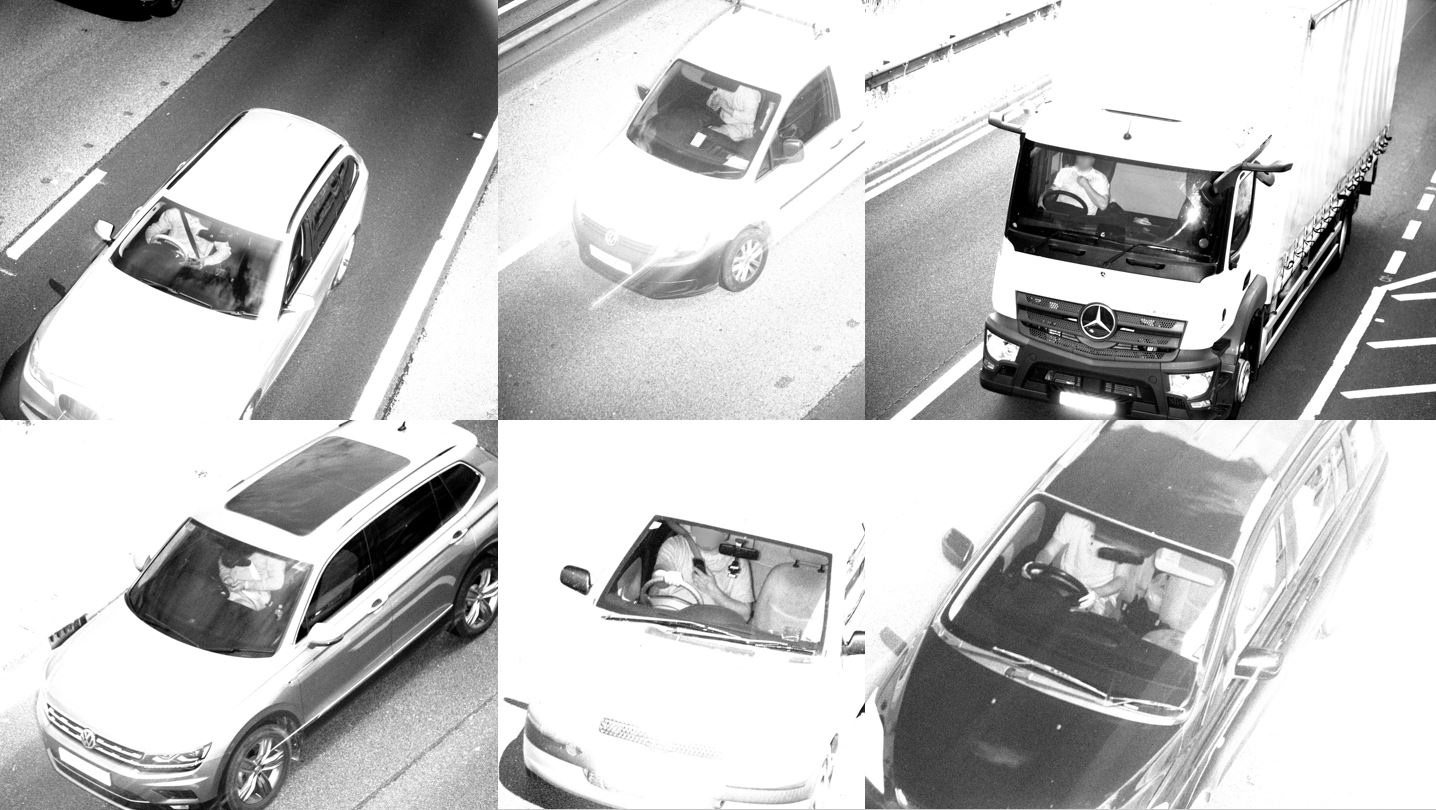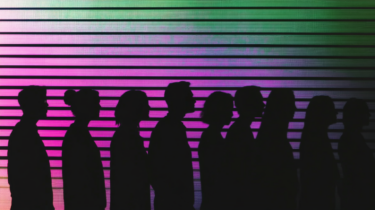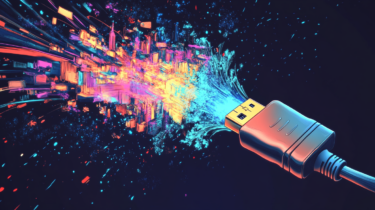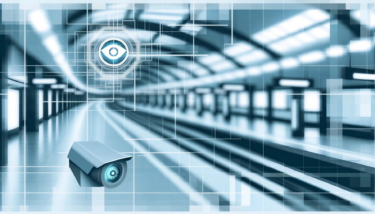As AI's ability to see and categorize our real world grows, so do the possibilities for surveillance. This is as true for road traffic as it is for restaurants.
For several months, Aecom and Acusensus have been testing a new AI surveillance system in the UK that can monitor the behavior of drivers and passengers for traffic violations. For example, the camera system can detect if passengers are wearing their seatbelts or if drivers are looking at their smartphones. The software even detects when the smartphone is simply resting on the lap.
The system uses a high-mounted camera to take pictures through the windshield and automatically checks for violations. If the system detects a possible violation, the images are sent to an inspection team from the camera company. If the team confirms the violation, a report is sent to the authorities along with the image.
Hundreds of violations in just a few days
In an initial trial in Devon and Cornwall last fall, the system detected 630 violations in just over a month, not including speeding. 40 drivers were caught using their smartphones without permission, and 590 were found not wearing seatbelts.
Another test in Cornwall found about 300 more violations in just 72 hours. 180 passengers were not wearing seatbelts, 117 were using their smartphones without permission.
Tests of the camera in Hampshire and the Thames Valley in July 2023 found more than 350 violations in one week. 273 passengers were not wearing their seatbelts and 86 drivers were looking at their smartphones.
AI monitoring is becoming more detailed
Another video impressively demonstrates the surveillance potential of increasingly powerful computer vision models, for example in restaurant surveillance. Here, the camera can determine how many customers are present or how long it takes the team to clean a table that has been used.
It is also possible to monitor individual employees and their performance. The following example shows a system that monitors how many coffees a café's baristas serve during their working hours and how long customers stay. This productivity data is likely to be of particular interest to large restaurant chains.
If you think this is creepy…
You should know what all major stores in the world knows about you as a shopper
They use in-store, online, cell-tower, and more to keep track of everything… everything.
Cambridge analytics is a joke in comparison
— Linus (●ᴗ●) (@LinusEkenstam) August 18, 2023
Of course, AI surveillance can also be used in scenarios that seem mostly positive for all parties involved, such as workplace safety to create automated warning systems when a forklift is overloaded, for example.
One of the most powerful image analysis systems is open source: "You only look once" (YOLO), which has been developed by the computer vision community since about 2016. The system is very accurate, fast, reliable, and requires little computing power.
AI researcher Joe Redmon, who helped develop YOLO, stopped working on the software in March 2020 for ethical reasons. He said he could no longer ignore military applications and invasions of privacy.






